Music theory
Melody - Edexcel
A melody is a linear sequence of notes. It is a combination of pitch and rhythm.

Harmony and tonality - Edexcel
Music contains notes in succession (melody) or notes in combination. When notes are played at the same time it is called harmony. The type of harmony created in a piece of music or a song is the tonality of the music.
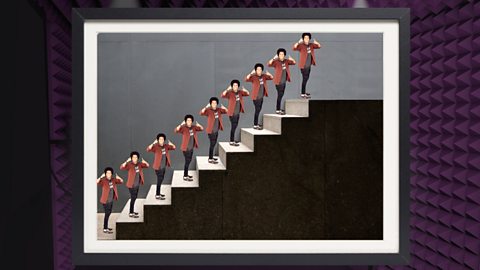
Structure - Edexcel
Most music is divided into different sections. These can be identified by keys, melodies, lyrics or chord sequences. The different sections form the structure of a piece or song.
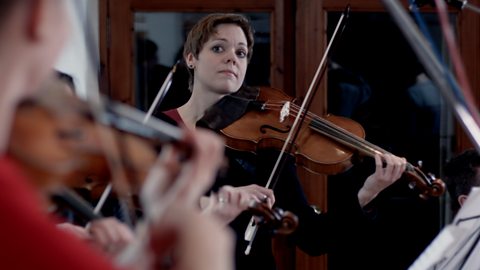
Tempo, metre and rhythm - Edexcel
Tempo, metre and rhythm are vital in all forms of music. Tempo is the underlying beat of the music. Metre is the organisation of rhythms into certain regular patterns. Rhythm is the organisation of particular sounds by their length. Without tempo, metre and rhythm, music would be disorganised and chaotic.
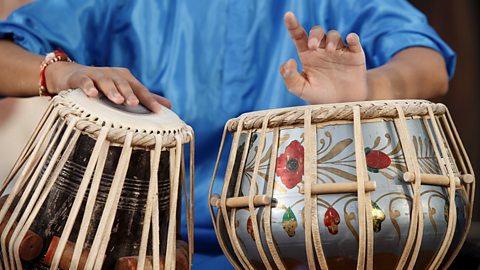
Dynamics and articulation - Edexcel
Dynamics are used to show what volume a piece of music should be played at. Articulation is used to show how to play a note - if it should be short and spikey or smooth.
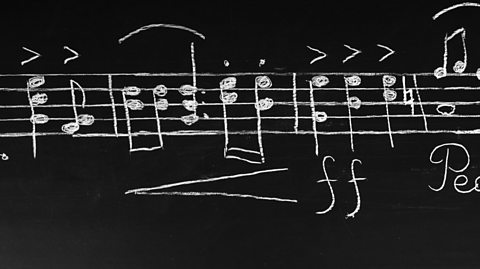
Sonority (Timbre) - Edexcel
Sonority is another word for timbre. The timbre or sonority of an instrument or voice is the colour, character or quality of sound it produces.
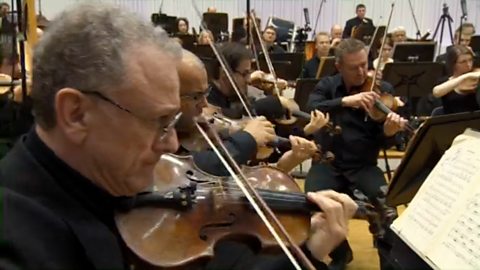
Texture - Edexcel
Some music is written with 'block' chords, some has weaving parts around the tune, and some music has no harmony at all. These are all examples of textures in music.
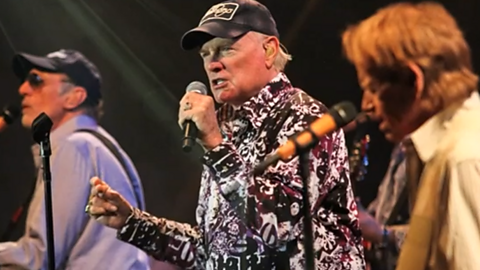
Notation - Edexcel
There are different ways of writing down music - this is called notation. Written music will indicate the type and length of note to be played.
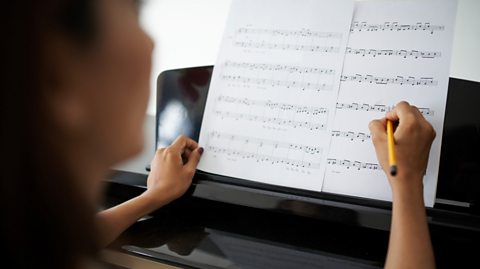
Links
- External linkExternal link
- SubscriptionSubscription
- External linkExternal link
- SubscriptionSubscription
- External linkExternal link
- SubscriptionSubscription